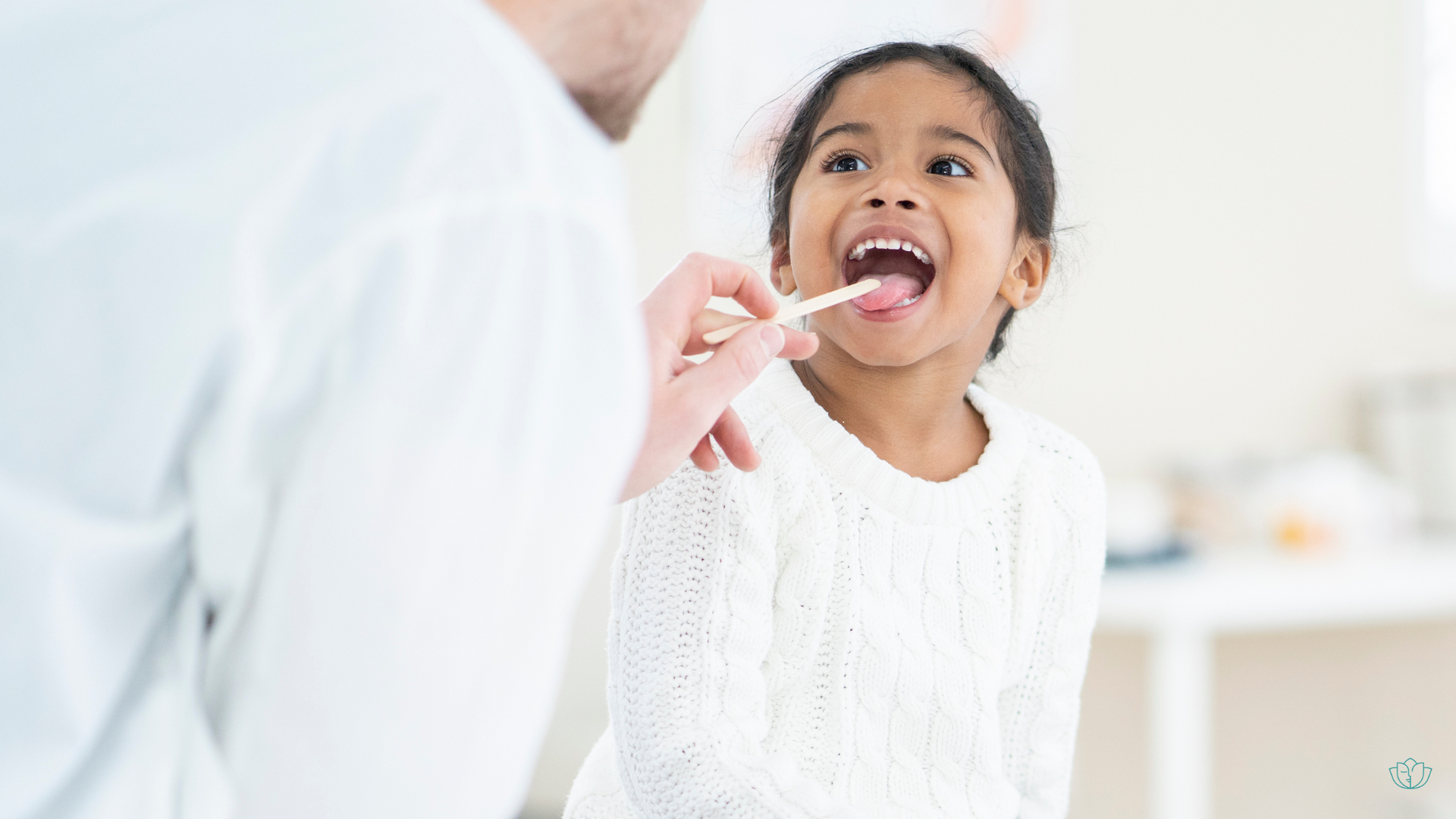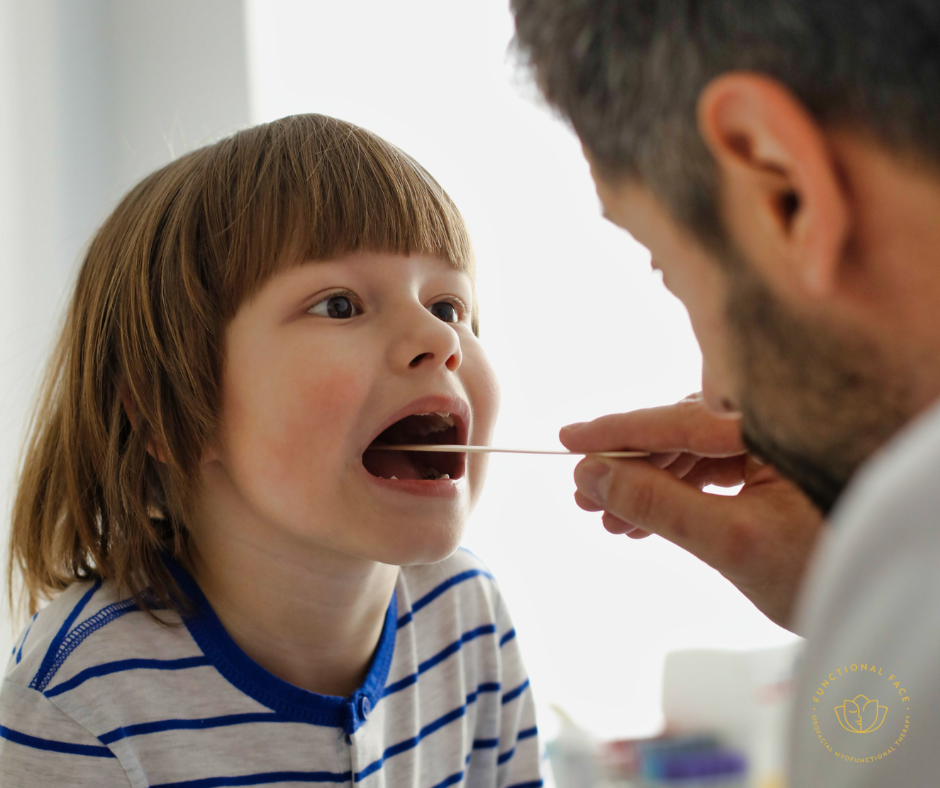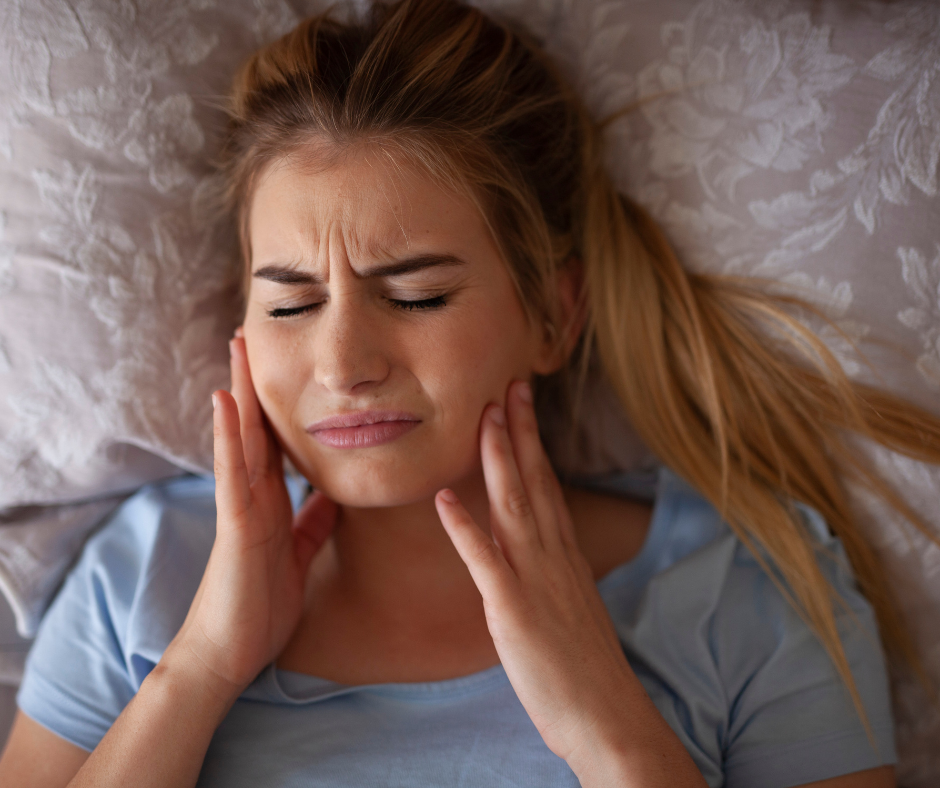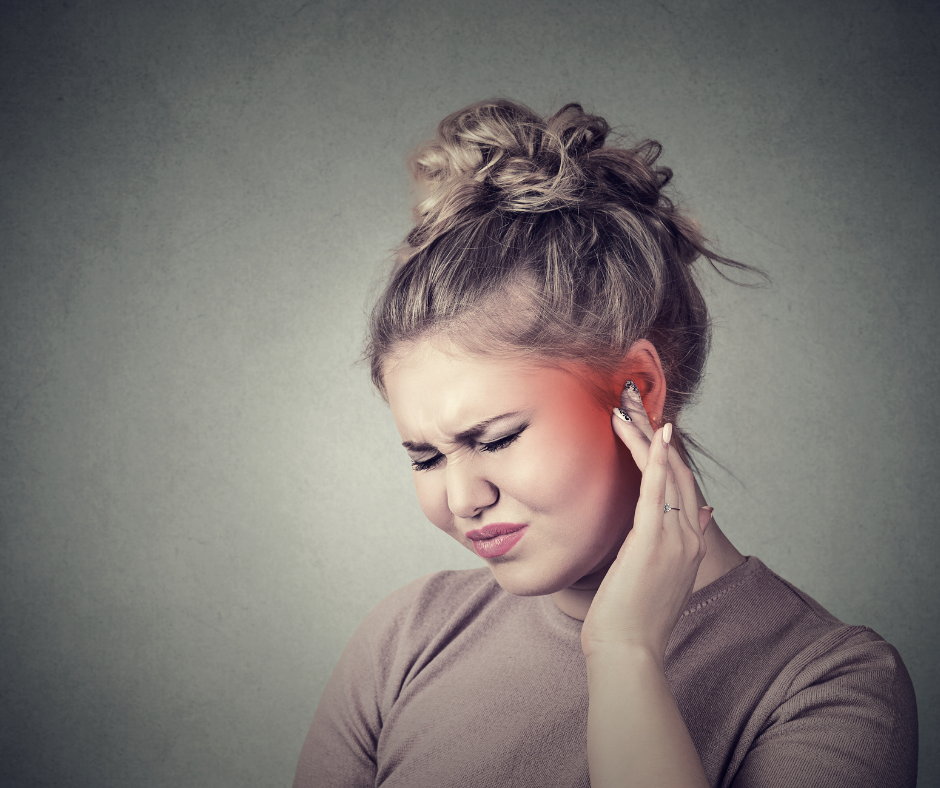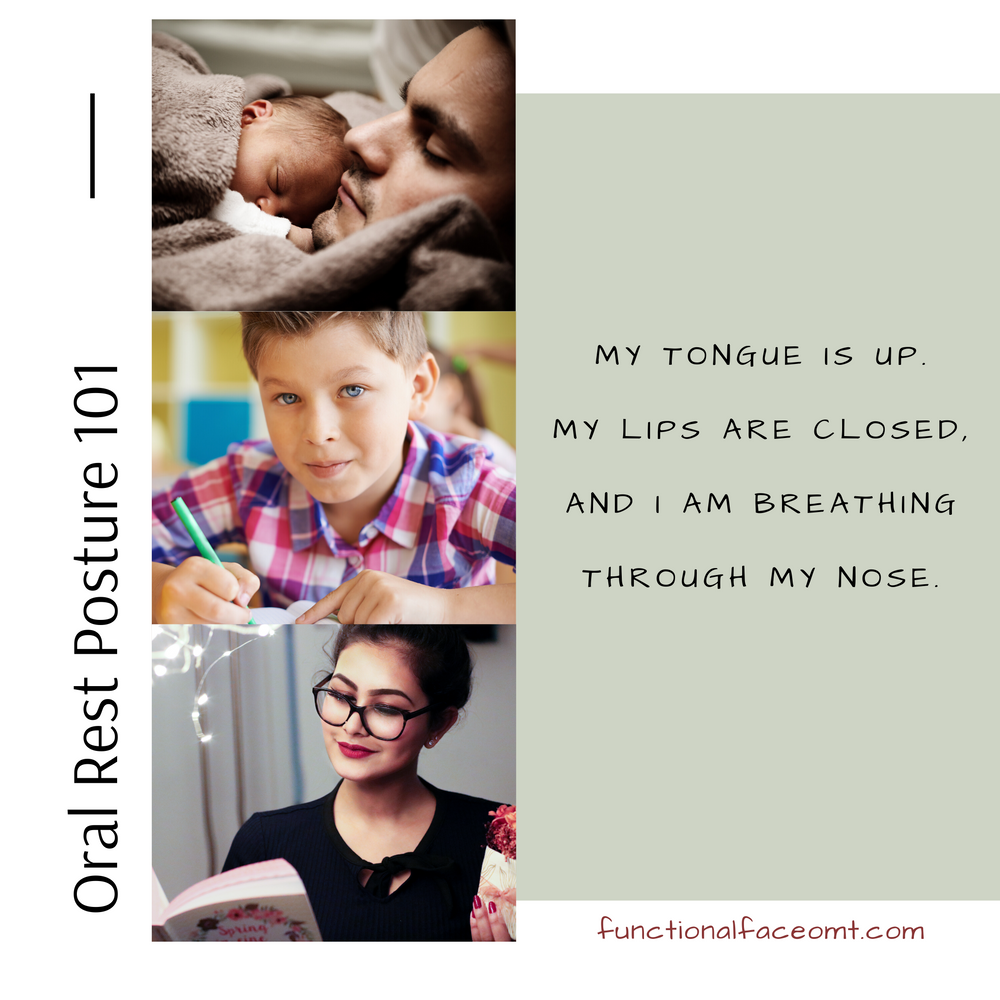Subtle sleep and breathing problems in children are often missed — even without snoring or gasping — but they can quietly impact your child’s growth, behavior, and brain development.

Many parents assume that if their child isn’t snoring loudly or gasping for air, everything must be fine. Unfortunately, that’s not always true.
Sleep-disordered breathing (SDB) in children is often subtle — and often missed. Even mild breathing problems during sleep can affect how a child grows, learns, and behaves.
At Functional Face, we see this every week: smart, loving parents who sense something isn’t right, but their concerns have been brushed off because their child’s sleep study “looked normal.” Let’s explore what’s really happening — and what signs you can watch for.
What Is Sleep-Disordered Breathing in Children?
Sleep-disordered breathing refers to any condition that interferes with your child’s ability to breathe smoothly and consistently during sleep. It exists on a spectrum — from mouth breathing to snoring to pediatric obstructive sleep apnea.
Even when there’s no gasping or pauses, restricted airflow or mouth breathing can fragment sleep and stress the growing body.
According to research published by the University of Chicago Medicine, children with untreated sleep apnea show loss of gray matter in brain regions tied to memory, mood, and executive function. In other words, disrupted breathing at night can alter how the developing brain functions — even after just a few nights of poor-quality sleep.
Daytime Signs Parents Often Miss
When adults don’t sleep well, they get tired.
When kids don’t sleep well, they often get tired but wired — fidgety, emotional, or unable to focus.
Here are common daytime signs of sleep-disordered breathing:
- Trouble waking up in the morning, or seeming “foggy” until late morning
- Emotional ups and downs, irritability, or anxiety
- Hyperactivity or difficulty focusing (often mistaken for ADHD)
- Constant fatigue despite “sleeping all night”
- Frequent headaches or dark circles under the eyes
- Mouth breathing during the day or chronic congestion
- Bedwetting or nighttime accidents past the typical age
- Slow growth or poor weight gain
Children don’t have to snore or gasp to have sleep-disordered breathing. Even quiet mouth breathing or restless sleep can signal airway obstruction.
A study published in Pediatrics by the American Academy of Pediatrics found that children with even mild sleep-disordered breathing had higher rates of attention, learning, and behavior problems — regardless of how severe their apnea score appeared on testing.
Physical Signs You Can See
Some children show visible clues of airway underdevelopment or chronic mouth breathing. Parents and dentists can often spot these signs long before a sleep study is ever ordered:
- Narrow or high-arched (vaulted) palate
- Crowded or crooked teeth
- Retruded or “set-back” lower jaw
- Long, narrow face shape
- Small nostrils or nasal obstruction
- Lips apart at rest (open-mouth posture)
- Dark under-eye circles (“allergic shiners”)
Several studies, including those published in Frontiers in Pediatrics (2023) and The Journal of Prosthodontic Research (2024), have confirmed that children with narrow palates, retruded jaws, and longer facial growth patterns are significantly more likely to experience sleep-disordered breathing and pediatric sleep apnea.
What Happens When Breathing Is Disrupted at Night
When the airway narrows during sleep, the body must work harder to get air in.
Each small obstruction triggers brief micro-arousals — pulling the child out of deep, restorative sleep.
Over time, this pattern can:
- Reduce deep (slow-wave) and REM sleep
- Disrupt hormone and growth regulation
- Increase inflammation and oxidative stress
- Impact learning, memory, and behavior
- Affect jaw and facial development
Researchers at the University of Chicago Medicine found that even children with moderate sleep apnea showed reduced gray matter in areas of the brain that regulate attention, emotional control, and learning — meaning the effects aren’t just physical, but neurological.
Why Many Kids Get Missed
Too often, parents are told:
“Their tonsils aren’t that big.”
“They’re just an active kid.”
“They’ll grow out of it.”
But children don’t have to snore loudly or stop breathing to have a problem. Even mild airway resistance can fragment sleep, stress the body, and alter how the face and jaw develop.
Unfortunately, many pediatricians and ENTs rely solely on
sleep study data
to guide treatment, even though a “normal” study doesn’t always mean healthy breathing.
That’s why airway-focused providers take a more comprehensive look — at structure, function, and behavior together.
Why It Matters: Growing Brains Need Growing Airway Support
Children’s faces, airways, and brains are still developing — and how they breathe now shapes how their body functions for life. Sleep-disordered breathing isn’t just about snoring or restlessness; it can limit oxygen delivery to the brain and heart, placing stress on vital systems that are still maturing.
Research shows that untreated sleep-disordered breathing in children can lead to loss of gray matter in brain regions linked to learning, memory, and emotional regulation, as well as early signs of cardiovascular strain —including higher blood pressure, inflammation, and changes in heart rate variability. These effects can begin quietly, even in children who don’t meet the full criteria for sleep apnea, and may become harder to reverse over time.
The takeaway: even mild breathing disruptions can impact neurological, behavioral, and cardiovascular health. Children don’t simply “grow out of it” — they grow with it.
Healthy nasal breathing supports:
- Optimal facial and airway development
- Strong jaw alignment and balanced growth
- Calm, restorative sleep
- Better focus, emotional regulation, and learning capacity
The earlier these issues are addressed, the more adaptable the airway — and the greater the impact on long-term brain, heart, and overall health. Addressing airway and sleep early protects not only your child’s rest, but their lifelong development.
What to Do Next
- Watch your child sleep. Look for mouth breathing, restlessness, snoring, sweating, or unusual positions.
- Record a short clip. Bring it to your pediatrician or an airway-aware provider.
- Schedule a Functional Airway & Sleep Evaluation at Functional Face to understand what’s really happening beneath the surface. Schedule here or call 81-549-0183
- Not quite ready for an appointment?
Take positive steps today with our Tonsil & Adenoid Toolkit — a practical, science-based resource for improving your child’s breathing and sleep naturally.
References
- University of Chicago Medicine. Untreated Sleep Apnea in Children Can Harm Brain Cells Tied to Cognition and Mood. (2017).
- Marcus CL, Brooks LJ, Draper KA, et al. Diagnosis and Management of Childhood Obstructive Sleep Apnea Syndrome. Pediatrics. 2012;130(3):576–584.
- Gozal D, et al. Mild Sleep-Disordered Breathing, Executive Function, and Attention in School-Aged Children. Sleep. 2022;45(5):zsac035.
- Amin RS, et al. Left Ventricular Function in Children with Sleep-Disordered Breathing. American Journal of Respiratory and Critical Care Medicine. 2009;179(7):659–665.
- Villa MP, et al. Behavioral Problems in Children with Sleep-Disordered Breathing. Sleep Medicine. 2015;16(9):1103–1109.
- Frontiers in Pediatrics. Craniofacial Determinants of Pediatric Sleep-Disordered Breathing. (2023).
- Journal of Prosthodontic Research. Craniofacial Anatomical Factors and Pediatric Obstructive Sleep Apnea: A Narrative Review. (2024).

